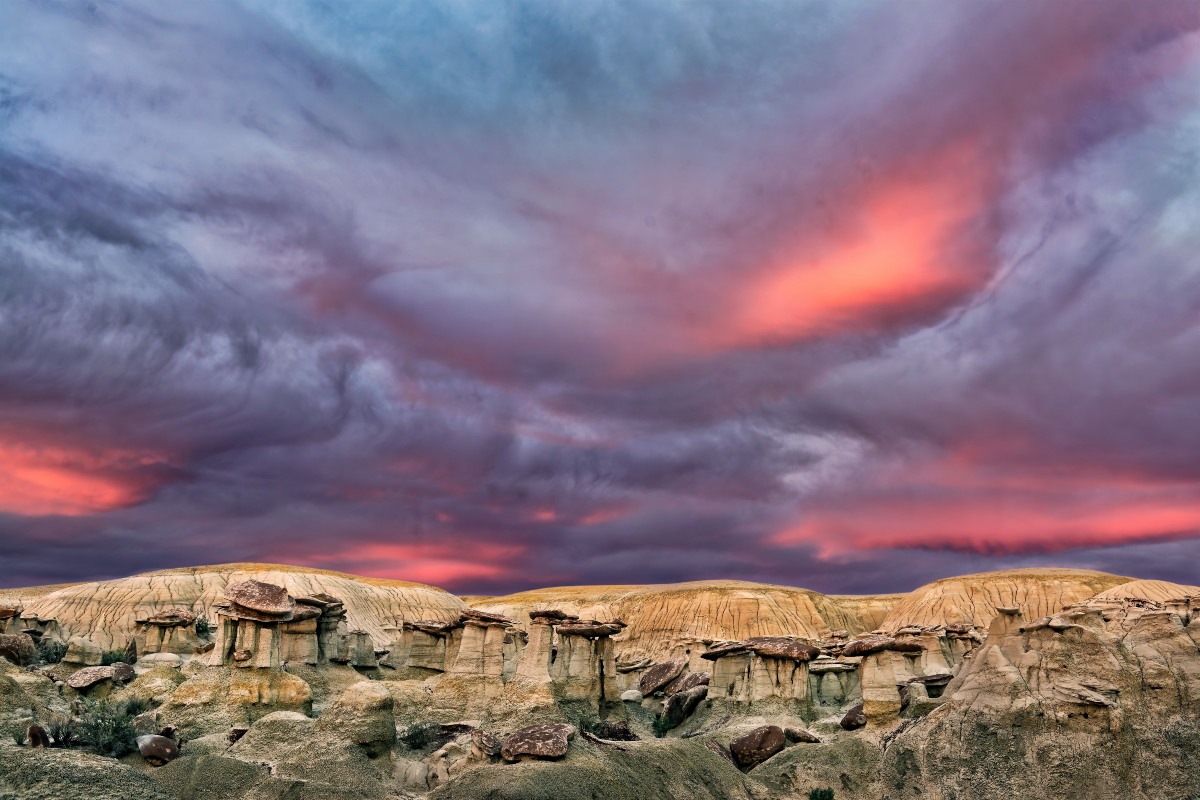New Mexico has beauty, desolation, ancient cultures, cutting-edge science, and creation and destruction. It’s a state that invites contemplation and exploration, not just of its landscapes but of the human spirit. Among the many chapters in its history is the story of J. Robert Oppenheimer, the theoretical physicist often called the “father of the atomic bomb.” Traveling through New Mexico with the story of Oppenheimer in mind is to walk a line between two worlds. There’s the timeless beauty of the land and the fleeting yet tumultuous moments of history. This voyage through time lets you see the state through the eyes of one of its most enigmatic figures.
Los Alamos – The Secret City
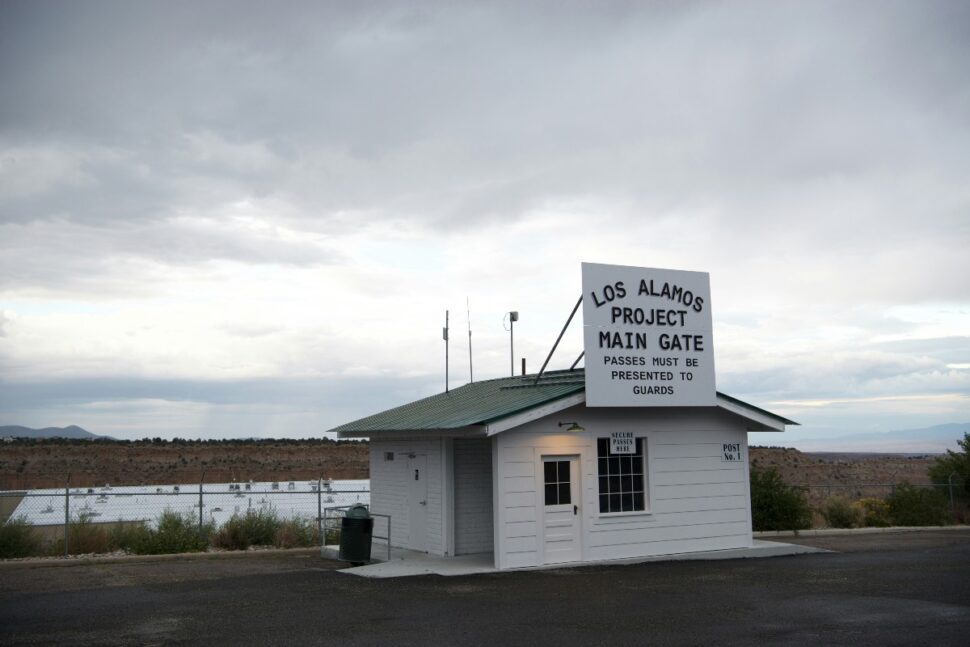
Set out on your adventure where Oppenheimer’s most significant work unfolded: Los Alamos. Now, this town is known for the Los Alamos National Laboratory. However, Los Alamos was once the clandestine site for the Manhattan Project, the United States’ endeavor during World War II to develop nuclear weapons. The Bradbury Science Museum also offers exhibits on the Manhattan Project and the science behind atomic energy.
Walking through the same streets Oppenheimer once did, you’ll feel the weight of history and the eerie sense of secrecy that once shrouded this town. Remember to visit the Fuller Lodge Art Center, built from the local Ponderosa Pine, which served as a social center for the scientists and their families. The contrast between its rustic charm and the gravity of the work conducted nearby reflects the paradoxes that define much of New Mexico’s history.
Santa Fe – A Mix of Cultures and Histories
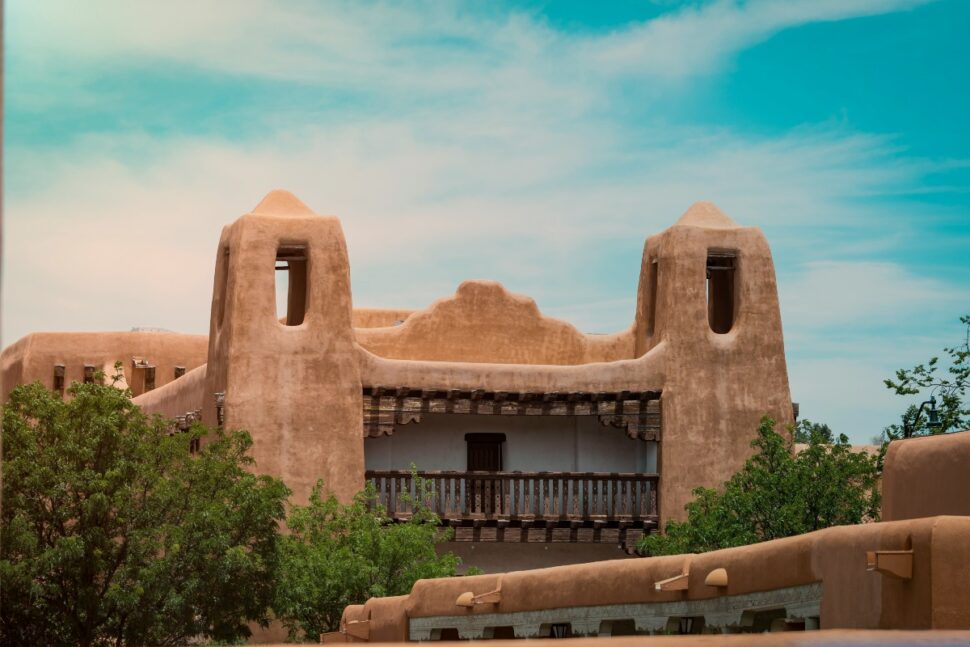
Traveling from Los Alamos, your next stop is Santa Fe. Before the atomic age, Oppenheimer frequented Santa Fe, attracted by its cultural milieu and artistic community. Santa Fe’s fusion of Native American, Spanish, and Anglo cultures makes it unique in the United States. Visit the Georgia O’Keeffe Museum to immerse yourself in the art that defines New Mexico’s landscape and history, an experience that Oppenheimer himself might have sought during his stays.
From there, walk down Canyon Road, a haven for art lovers. Imagine Oppenheimer walking these same paths, perhaps pondering complex problems or simply seeking respite from his intense work. With its traditional adobe architecture, the historic Plaza offers a glimpse into the past, while the surrounding boutiques and restaurants bridge to the present.
Bandelier National Monument – Nature’s Majesty
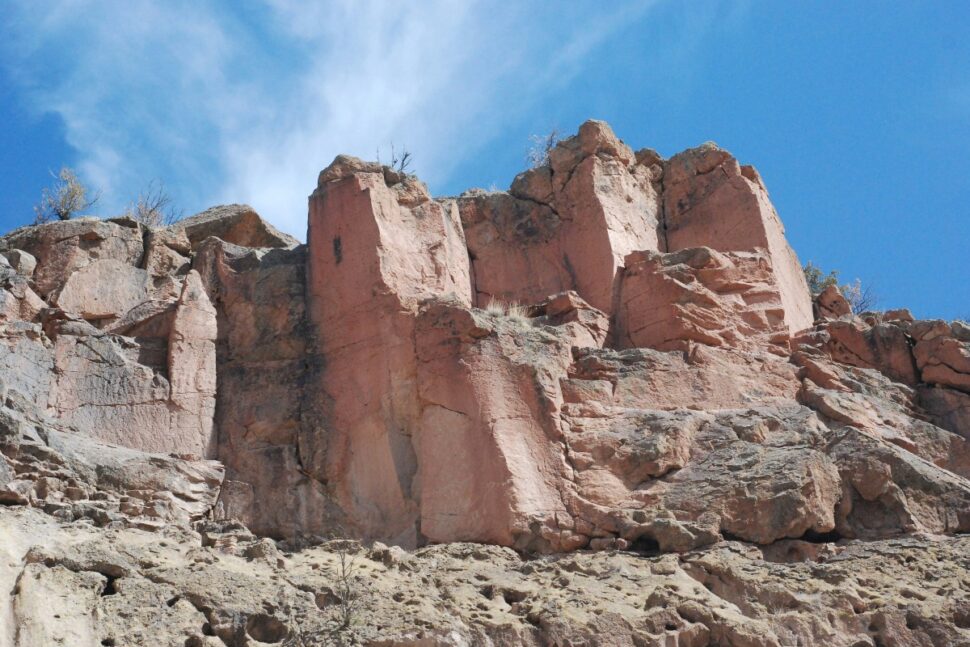
A short drive from Los Alamos, Bandelier National Monument offers natural landscapes combined with ancient human history. Among the volcanic cliffs and canyons are the remains of dwellings carved into the soft rock by the Ancestral Puebloans. One can’t help but ponder the passage of time and humanity’s footprint on our world—themes no doubt familiar to Oppenheimer as he grappled with the implications of his scientific endeavors.
Hike the trails, explore the cavates (small human-carved alcoves), and stand in nature’s hushed amphitheaters. This is a place for reflection, surrounded by the beauty and silence of the high desert. It is a landscape that undoubtedly offered Oppenheimer both solace and solitude.
The Trinity Site – Ground Zero of the Atomic Age
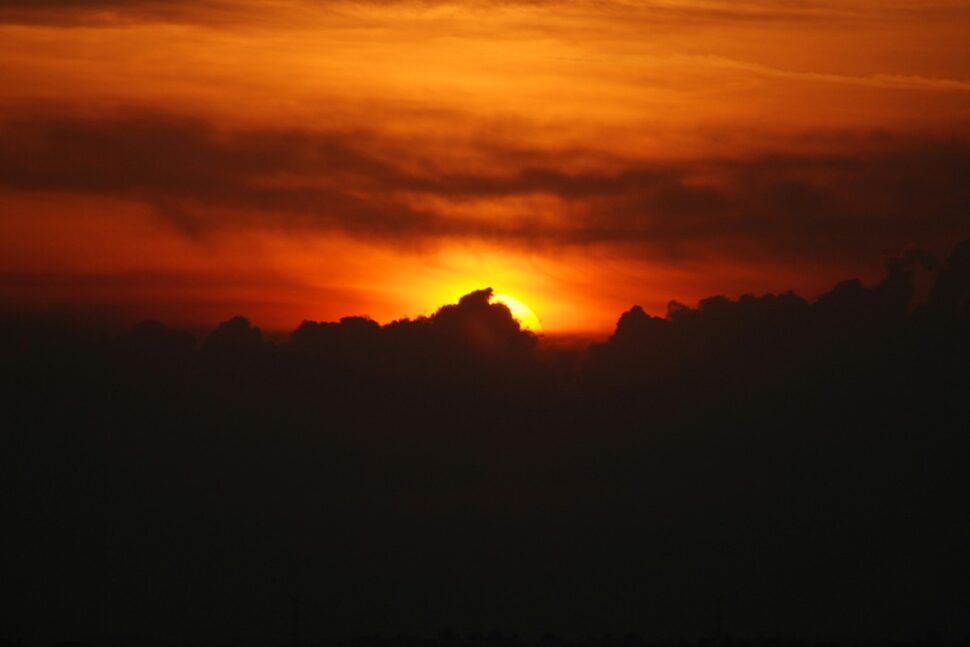
For those willing to explore the atomic story further, a visit to the Trinity Site, where the first nuclear bomb was detonated, is a must. This site is only open to the public on the first Saturday in April and the third Saturday in October, and it serves as a sobering reminder of the power of human ingenuity and its far-reaching repercussions.
At Ground Zero, visitors face the advent of the atomic age and Oppenheimer and his colleagues’ complex legacy. The Trinity Site offers no lush landscapes or traditional attractions. Instead, it provides a moment of contemplation, a direct connection to a pivotal point in history. It’s a pilgrimage of sorts, offering insight into Oppenheimer and his team’s monumental achievements and ethical dilemmas.
